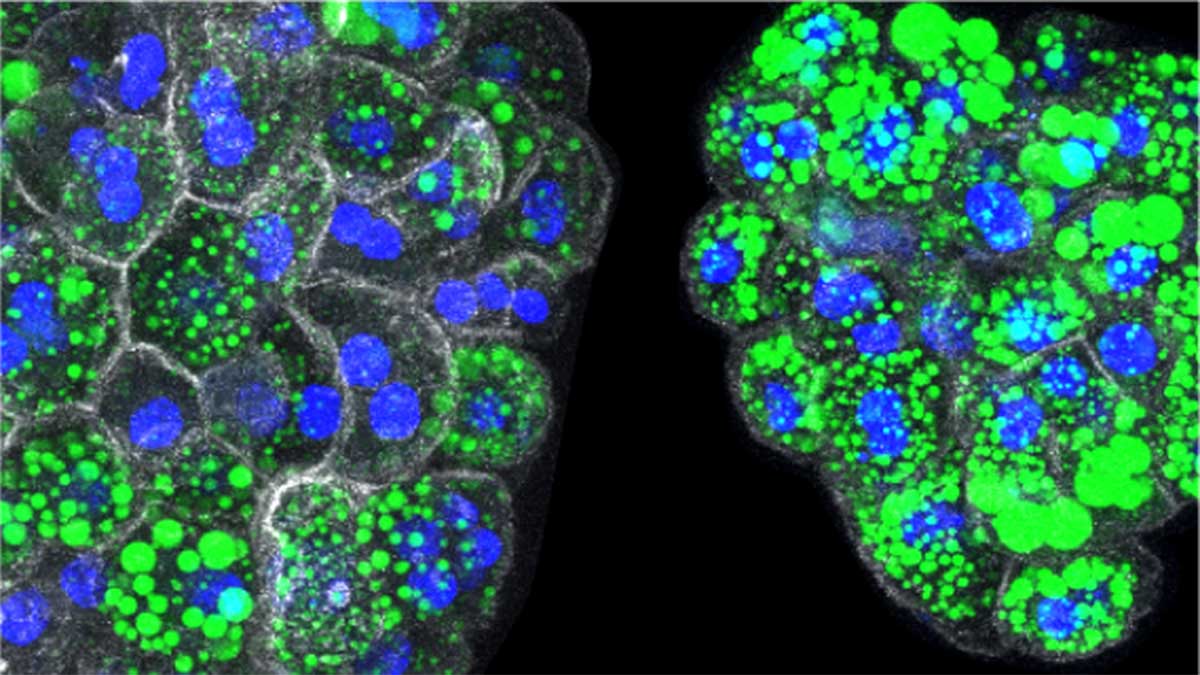In our group, we develop cutting-edge cell culture methods. If these are relevant to your research, have a look at our resource page where you can find detailed protocols on many techniques that we use on a daily basis.
The Huch group is well connected within the national and international research community in the organoid field. Here, you can learn more about our current collaboration and participation in research consortia.

The liver is vital for macronutrient metabolism, blood volume regulation, and detoxification, and it uniquely regenerates after injury. The Huch team has advanced our understanding of liver regeneration. At the cellular level, our research highlights the critical role of interactions between mesenchymal and epithelial cells in controlling liver cell growth. The total number of these interactions, rather than the number of cells, dictates whether liver cells remain inactive or multiply to repair tissue (Cordero-Espinoza et al., 2021). At the molecular level, the group identified active DNA-demethylation, allowing mature liver cells to become flexible and transform into progenitor cells, essential for tissue regeneration and forming liver organoids for research (Aloia et al., 2019). These insights into the cellular and molecular mechanisms of liver regeneration could pave the way for novel medical treatments and organ regeneration techniques.
The Huch group has pioneered the creation of liver cancer organoids from patient tissue. These organoids are tiny, lab-grown versions of liver cancer that we use to discover new cancer biomarkers and test drugs (Broutier et al., 2017). This innovative system helps us understand the mechanisms of liver cancer and why tumors come back after treatment. Recently, we discovered that mutations in two genes, RNF43 and ZNRF3, which normally help control cell growth through the Wnt signaling pathway, cause liver cancer cells to accumulate fat inside themselves. This accumulation of fat makes liver cells more likely to develop cancer. Our findings are helping us learn more about how liver cancer develops and find new ways to treat it (Belenguer et al., 2022).


The Huch lab has made ground-breaking contributions to the organoid field, by pioneering the development of organoid models for stomach, liver and pancreas, for mouse and human, healthy and diseased tissues. To gain a comprehensive understanding of the molecular and cellular processes regulating tissue repair, our approach is to combine animal models with novel and constantly developing organoid models in the group. For more details, please refer to the following publications: Dowbaj et al., 2023; Georgakopoulous et al., 2020; Cordero-Espinoza et al., 2021; Prior et al., 2019; Broutier et al. 2016 and 2017; Huch et al., 2015; Huch M*, Bonfanti P*, Boj SF*, Sato T*, et al., 2013; Huch et al. 2010; Barker*, Huch* et al., 201.




